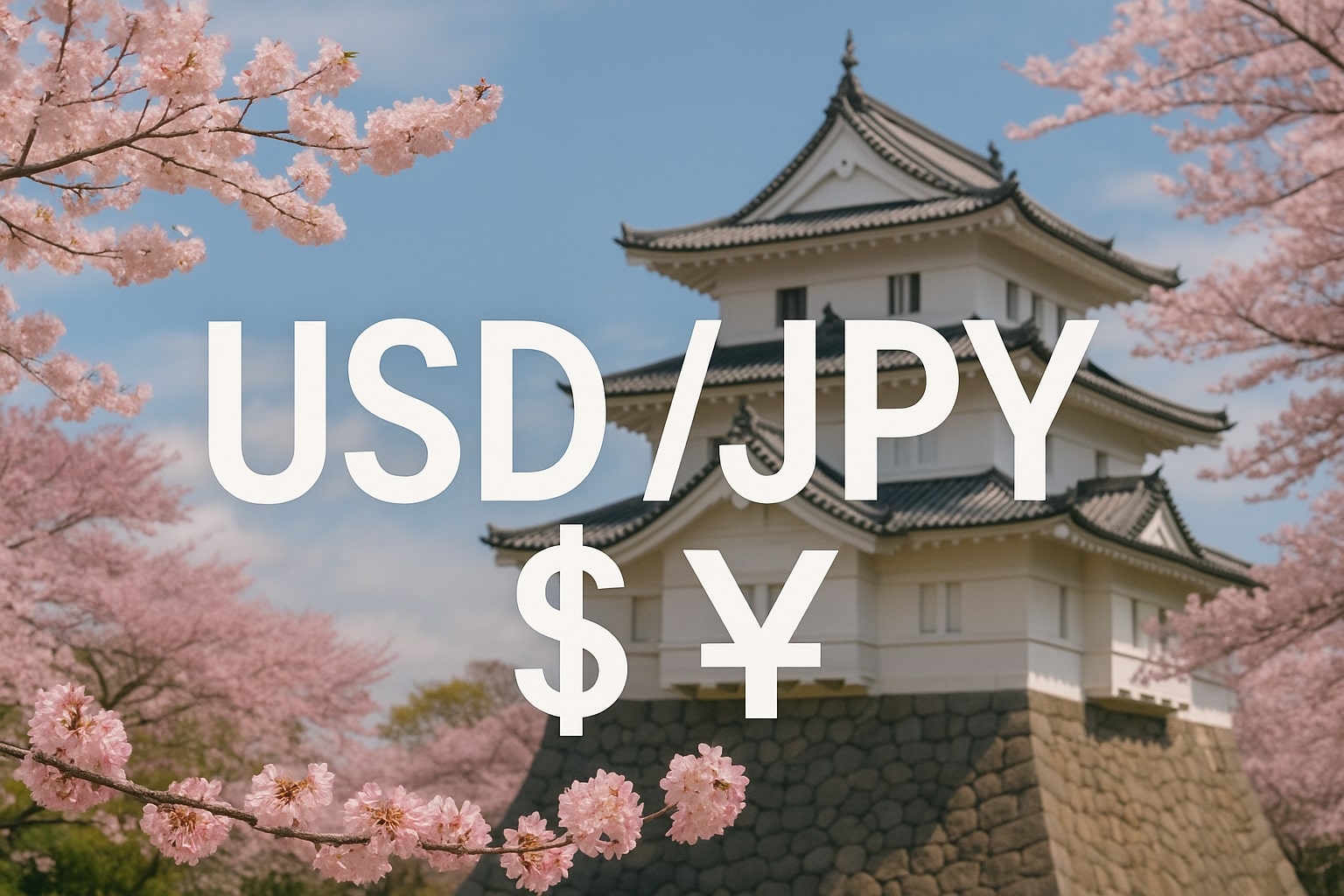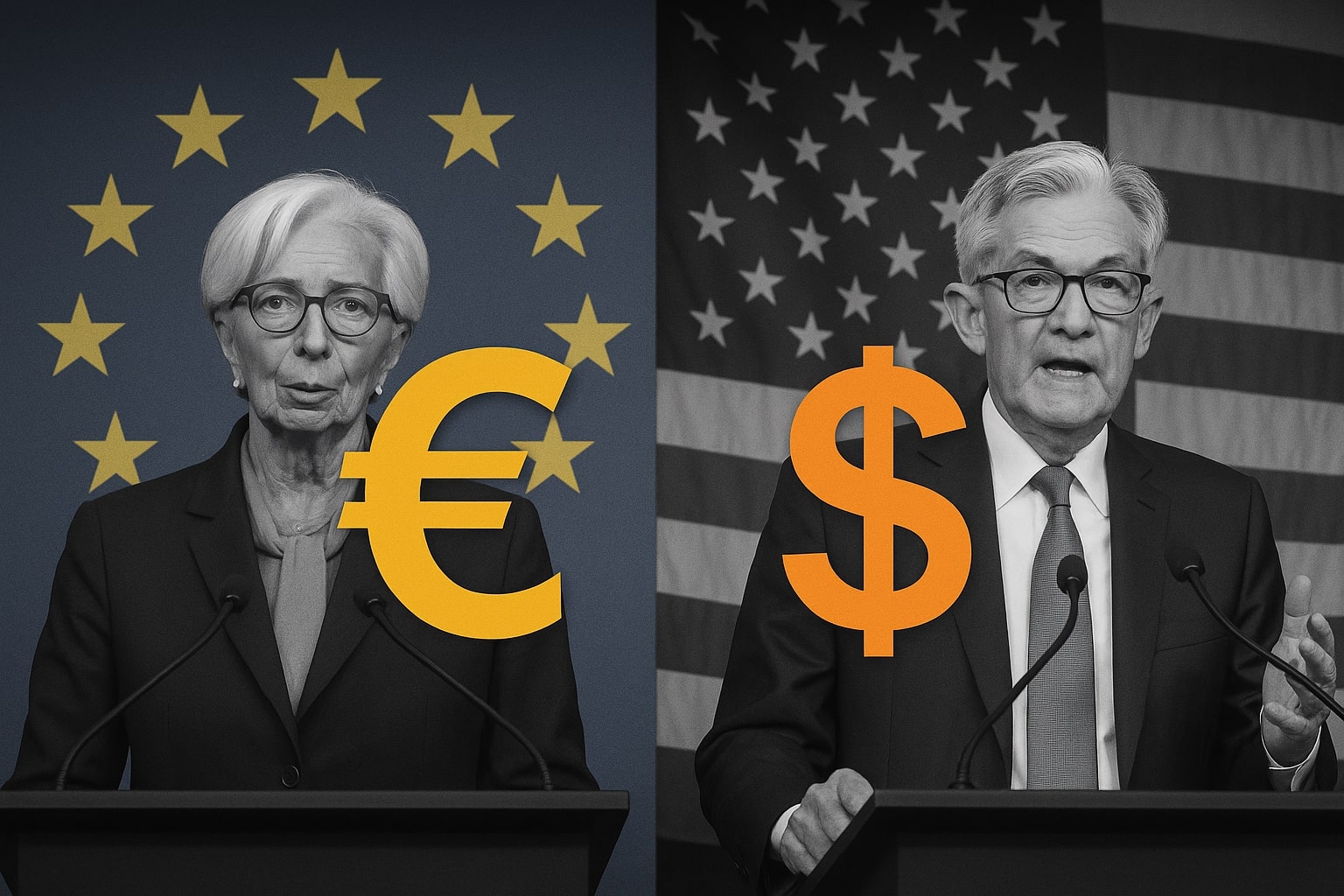
USD/JPY Faces Decline as Market Awaits Fed and BoJ Decisions
As the yen strengthens due to the Bank of Japan's tightening plans and U.S. inflation eases, will the USD/JPY break key support levels, or is there potential for a recovery? | That's TradingNEWS
USD/JPY Price Decline Amid Market Dynamics
The USD/JPY exchange rate continued its retreat on Wednesday, slipping by 0.25% to 147.09. This marks the second consecutive day of weakness for the greenback against the Japanese yen, reflecting broader market sentiment and central bank policy divergence. The drop in USD/JPY came amidst heightened expectations of further monetary tightening by the Bank of Japan (BoJ), while the Federal Reserve faces a complex decision-making process due to easing inflationary pressures in the U.S.
Bank of Japan's Policy Signals and Yen Strength
As the Bank of Japan moves toward further policy tightening, the yen has seen significant support. Deputy Governor Shinichi Uchida’s recent remarks indicated the BoJ’s readiness to implement additional rate hikes should inflation and economic conditions align with the central bank's forecasts. The recent Producer Price Index (PPI) data showed a modest 0.2% monthly rise in Japan, which slightly eased from March’s 4.2%, but the market remains focused on the BoJ's forward-looking stance. Despite the easing in PPI growth, the overall sentiment remains that the BoJ’s tightening cycle is far from over, providing a bullish backdrop for the yen.
U.S. Inflation Data and Fed Outlook Impact on USD/JPY
The USD/JPY exchange rate also reflects shifting expectations for the Federal Reserve's future policy path. The U.S. Consumer Price Index (CPI) for April showed a significant drop to 2.3% year-over-year, marking the lowest inflation rate since February 2021. This easing of inflation supports the growing view that the Fed may begin reducing interest rates in the second half of 2025. Despite soft CPI data, the Fed's posture remains uncertain, with market participants expecting a pause in rate hikes during the July meeting, but with some speculation about eventual cuts. This mixed outlook for the dollar has contributed to its recent weakness against the yen.
Impact of U.S.-China Trade Developments on USD/JPY
The resumption of market optimism over the U.S.-China trade truce also plays a role in shaping USD/JPY price movements. With a 90-day tariff pause between the two countries, there is a sense of cautious optimism that trade tensions will not escalate further, although the agreement’s long-term impact remains unclear. The positive news regarding trade has provided a lift to market sentiment, but it hasn't been enough to overshadow the broader effects of the Fed's potential policy easing and BoJ tightening, which remain the dominant drivers of the USD/JPY pair.
Technical Outlook for USD/JPY
The USD/JPY technical landscape continues to show signs of bearishness in the short term. The pair’s retreat from its recent highs near ¥148.65 has led it to focus on the ¥146.54-to-¥146.51 support zone, coinciding with the 55-day simple moving average (SMA) and the March low. A failure to hold above this level would likely open the door to further declines, with the ¥145.92 region, marking the May high, coming into view. Additionally, the pair is encountering a critical resistance zone around ¥148.65, and failure to breach this would signal that the April-to-May rally has likely run its course, with longer-term targets potentially returning to the ¥140.00 region.
Potential USD/JPY Scenarios: Bearish or Bullish?
The current price action suggests a bearish scenario for USD/JPY, with the pair retreating below ¥146.00 during European trading hours. The U.S. Dollar’s retracement following soft inflation data has contributed to this drop, while the Japanese Yen benefits from ongoing expectations of BoJ rate hikes. If the Fed maintains a dovish outlook and BoJ signals more tightening, USD/JPY could trend lower toward ¥145, with the ¥140 level potentially back on the horizon in the medium-term. On the other hand, if geopolitical risks flare up or if global trade tensions escalate, the safe-haven yen could strengthen further, potentially driving the pair closer to ¥150, although this scenario remains less likely without significant policy shifts.
Investor Focus: Fed, BoJ, and Global Trade Developments
Looking ahead, USD/JPY will remain sensitive to developments from both the Federal Reserve and Bank of Japan, as well as global trade dynamics. The ongoing FOMC meetings and upcoming speeches from Federal Reserve officials, including Philip Jefferson, will likely have a direct impact on the greenback’s performance. At the same time, the BoJ's monetary policy will continue to dominate the yen’s trajectory. Traders should watch for any further dovish signals from the Fed or hawkish moves from the BoJ, as these could trigger sharp moves in the USD/JPY exchange rate.
In conclusion, the USD/JPY pair is currently in a bearish phase, with the yen benefiting from the BoJ's hawkish stance and expectations of further U.S. rate cuts. Investors should monitor both U.S. and Japanese economic data closely, particularly inflation figures and central bank speeches, as these will be pivotal in determining the next direction for the USD/JPY pair.
That's TradingNEWS
Read More
-
QDVO ETF (NYSEARCA:QDVO) Aims for $35 in 2025 and $42 in 2026 as AI Titans and 9.3% Yield Drive Record Performance
04.11.2025 · TradingNEWS ArchiveStocks
-
Ripple’s XRP ETFs XRPI and XRPR Rally Toward $25 as Institutional Demand and ETF Launch Momentum Lift XRP
04.11.2025 · TradingNEWS ArchiveCrypto
-
Natural Gas Price (NG=F) Extends Gains to $4.21 as Winter Demand and Record LNG Exports Fuel Bullish Momentum
04.11.2025 · TradingNEWS ArchiveCommodities
-
USD/JPY Price Forecast - JPY=X Holds Above 153.25 as Verbal Intervention Fails to Reverse Dollar Strength
04.11.2025 · TradingNEWS ArchiveForex



















